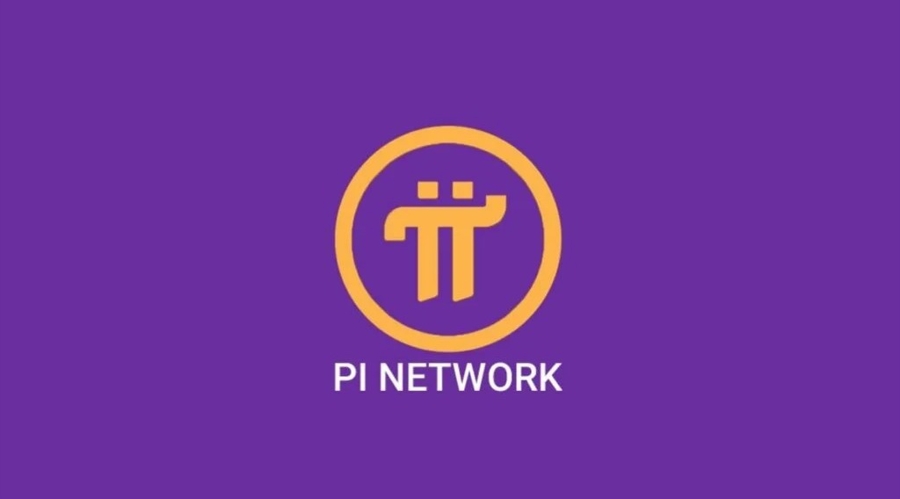In a pivotal moment for the project, the Pi Network team has rolled out significant utility updates, including a feature that allows users to collateralize their PI holdings. The new functionality, integrated via the community-centric finance hub PiBridge, lets “Pioneers” borrow stablecoins or lend their PI to earn yields. While this marks a shift from passive, mobile-based mining to a more active financial ecosystem, the timing is critical as the PI token’s market performance remains dismal and accusations of insider selling plague the project.


Ecosystem Enhancements Unveiled
Alongside the new PiBridge lending capabilities, the Pi Network has been busy with other upgrades aimed at building out its ecosystem:
- AI-Powered App Studio: A revamp of the Pi App Studio introduces AI-driven design tools and improved workflows, making app creation more accessible for users without advanced coding skills. The goal is to onboard a new wave of developers and foster ecosystem growth.
- KYC and Mainnet Progress: The network reported a substantial increase in verified users, with over 3.36 million additional pioneers passing KYC checks and 2.69 million successfully migrating to the Mainnet. This push for verification preceded the strict final KYC deadline on March 14, 2025, which saw many unverified users lose their mined tokens.
- ISO 20022 Alignment: Pi is aligning with the global banking standard ISO 20022, a strategic move intended to integrate with broader financial payment systems by November 22, 2025. This move seeks to lend institutional credibility to the project and enhance interoperability.
- PiFest for Utility: Following the Open Mainnet launch in February 2025, the network hosted a global PiFest to promote the real-world adoption of PI for payments at local merchants. While intended to showcase utility, its overall impact on the token’s value was minimal.
Market Struggles and Centralization Alarms
Despite the apparent progress, the PI token’s market performance and persistent centralization issues continue to fuel skepticism:
- Underwhelming Price: The token is currently trading around $0.20, having plummeted over 90% from its early-2025 peak. Analysts and on-chain data point to a lack of clear adoption and thin liquidity, leaving the token vulnerable to volatility. Price predictions for PI remain highly speculative and varied, reflecting the uncertainty surrounding its future value.
- Insider Allegations and Sell-off: The community has been plagued by allegations of a significant token sell-off from core team wallets. Accusations of an insider token dump following a price surge in May 2025 have severely eroded community trust. On-chain data revealed large transfers from wallets associated with the core team to exchanges, coinciding with a sharp price drop and prompting accusations of a “classic pump-and-dump” scheme.
- Centralization Concerns: The Pi Network continues to face criticism over its centralization. Critics argue that control is concentrated in the hands of the core team, with key infrastructure like SuperNodes managed opaquely. This contradicts the project’s long-standing vision of becoming a truly decentralized cryptocurrency, raising concerns about project governance and security.
- Security Risks: Beyond centralization, Pi Network faces various security risks, including phishing scams, app vulnerabilities, and data privacy concerns related to its KYC process. The network’s reliance on user trust circles and potentially centralized data storage adds to the overall security risk profile.


A Turning Point, Or A Continuation of the Hype Cycle?
The new utility features present a potential inflection point, offering real-world financial applications. However, the project’s long-standing challenges temper this optimism:
- Low Utility Usage: Despite the announced features, mainstream usage of PiBridge’s lending and collateral systems is still in its infancy. For a network with tens of millions of registered users, adoption of these new features is still unproven.
- Ongoing Liquidity Challenges: Pi Network continues to struggle with thin liquidity, which makes it susceptible to large price swings and could hinder the growth of its new financial applications.
- Eroding Trust: The controversies surrounding insider selling, project centralization, and persistent KYC issues continue to chip away at community trust, a core component of the network’s foundation.
What Can Investors Expect?
Several milestones will determine the ultimate impact of these updates:
- PiBridge Adoption: The actual launch and uptake of PiBridge’s lending system will be a key test of whether users embrace PI as a collateral asset.
- Improved Liquidity and Exchange Listings: Greater liquidity on major exchanges is necessary to stabilize the token’s price and enable real utility beyond speculation.
- Ecosystem Activity: The success of Pi App Studio will hinge on the actual usage and growth of apps built on the platform.
- Community Reaction: The ongoing reaction from the user base, particularly regarding trust and the handling of market fluctuations, will be critical.
While the new tools are meaningful steps toward realizing Pi Network’s vision, proving its real-world utility and regaining investor confidence will be a long and challenging process. Until market adoption stabilizes and transparency improves, the project’s “turning point” will remain more promising in theory than in practice.
